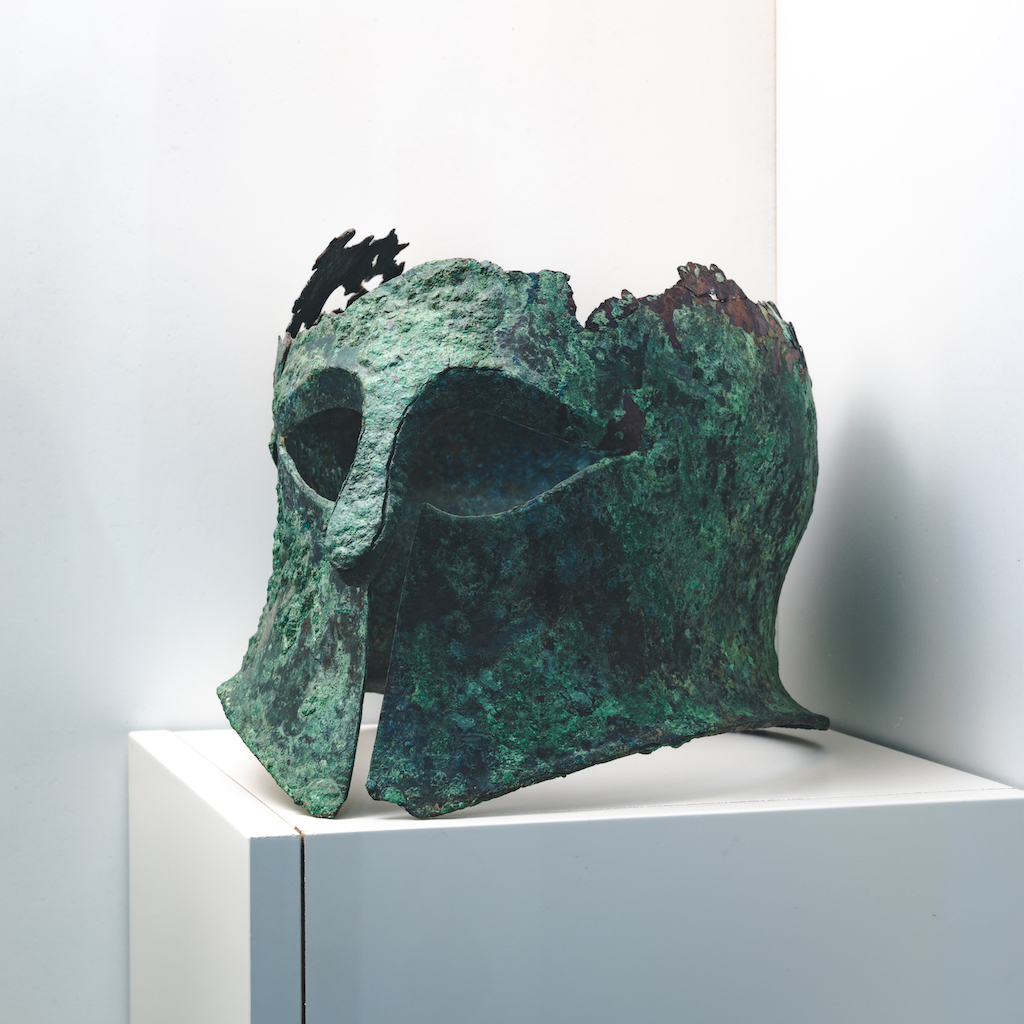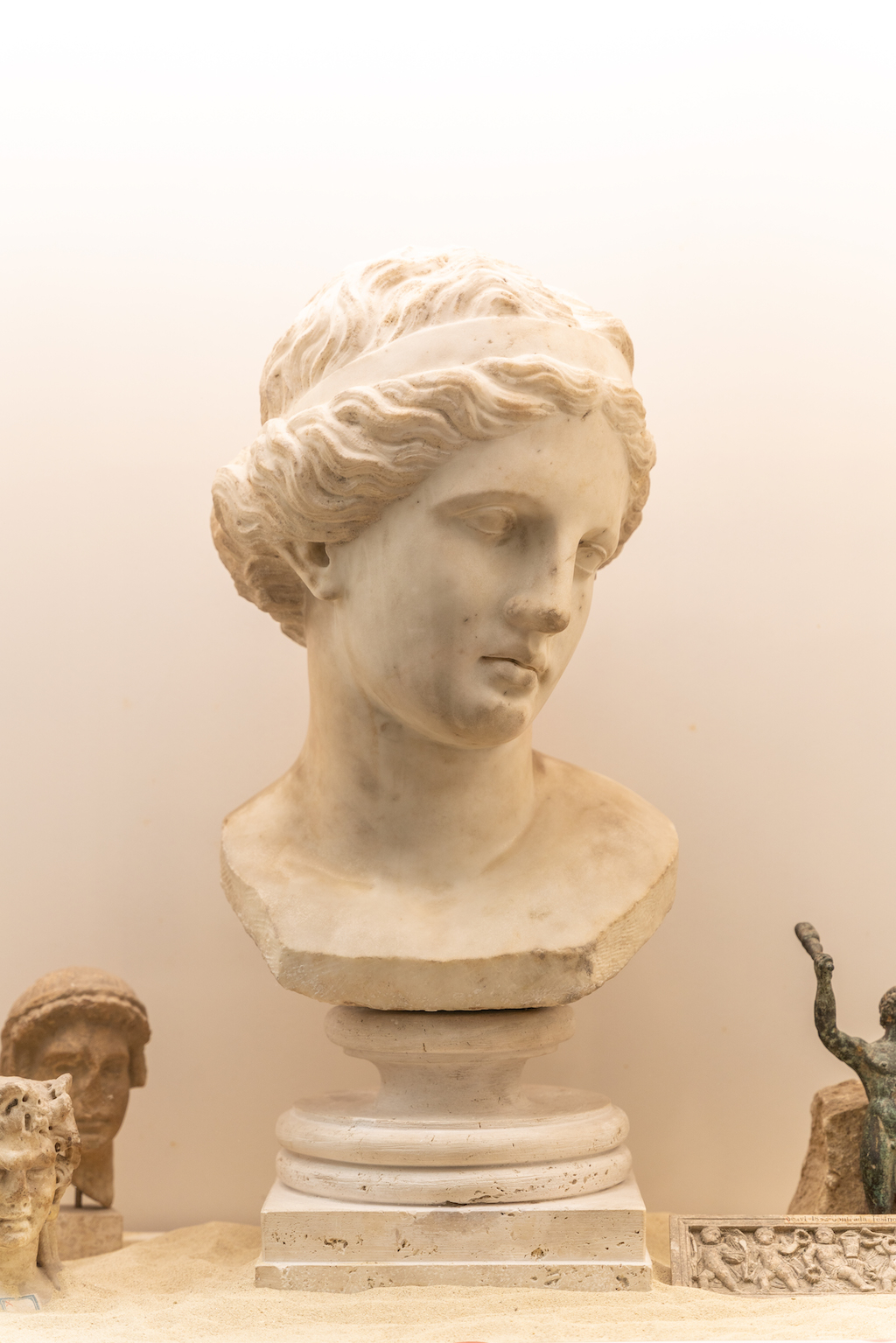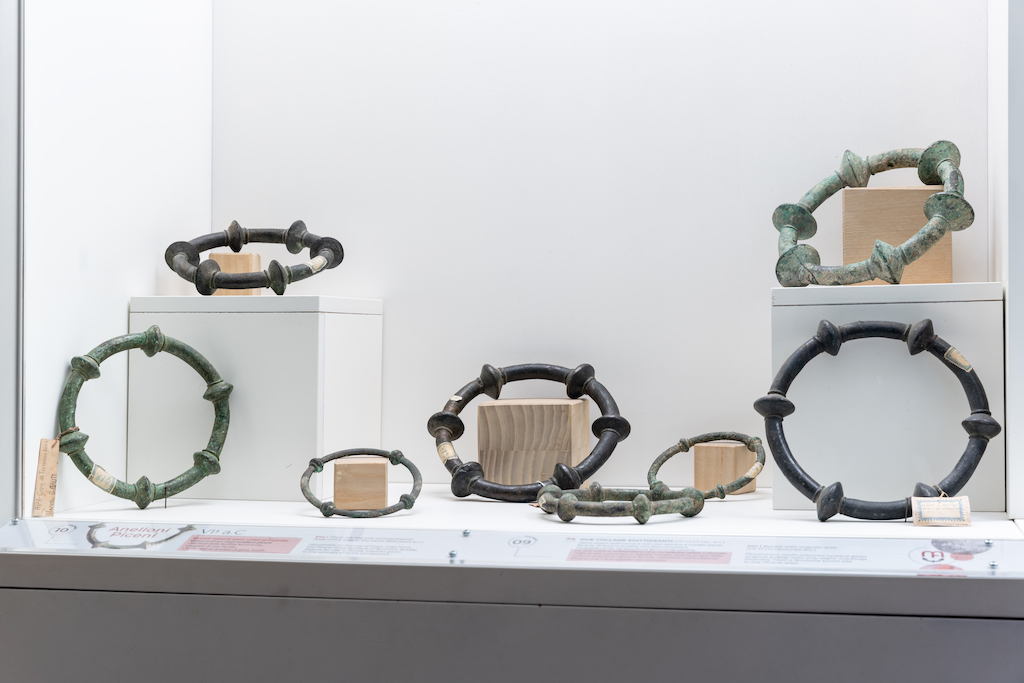The Civic Archaeological Museum, which bears the name of the person who founded it in 1877, namely Don Cesare Cellini, canon of the Cathedral and Knight of the Crown of Italy, is one of the richest, most important and visited museums in the Marche Region. It was closed from 1977 to 1985, in order to give it a better arrangement, based on chronological, scientific and didactic criteria. Three officials of the Marche Archaeological Superintendence took charge of it: Dr. Mara Silvestrini (prehistory, protohistory), Dr. Edvige Percossi (Picene civilization), Arch. Pierluigi Salvati (planning, didactic-didactic equipment); Dr. Simonetta Piattelli took care of the numismatic sector in the Roman section. The reopening ceremony took place at 5 p.m. on Sunday, May 5, 1985, attended by the three exhibit officials, local authorities, archaeology experts and enthusiasts, presidents of several Marche branches of the Archeoclub d'Italia, and many citizens. With the new layout, the museum has been transformed (one of the rare examples in the Marche region) into a valuable educational and scientific tool, indispensable for offering visitors a clear view of the historical processes that have taken place in the territory: for this reason, every year it is visited by thousands and thousands of people, including schoolchildren, coming not only from the Marche region but also from Abruzzo, Lazio and abroad. The exhibits kept are about 4,000 including coins: those on display, obviously the most significant and the best preserved, are about 500, arranged in five rooms and in a corridor, in 32 cabinets, on supports, on grids: they give the visitor the possibility of reconstructing the evolution of frequentation in the territory of Ripatransone (from which about 90 % of the material comes), from prehistory to Roman civilization; lithic materials: Paleolithic (glass cabinet no. 1), Neolithic-Eneolithic (no. 2); Bronze Age materials (no. 3); Iron Age materials (showcases nos. 4-26) constitute the most substantial core, being artifacts of the Picenian civilization (9th-2nd centuries B.C.), dating for the most part 6th century B.C. B.C.; this section has been arranged both with typological criteria (ornamental objects, display cases nos. 4-10; of military use:11-12, of domestic use:13-16) and topographical criteria (indication of districts of discovery, display cases 17-26). Finds from the Picenian civilization include: necklaces (showcase no. 9), ring wings (typical Picenian objects, showcase no. 10), helmets (12), a woman's tomb (reconstructed), poppatoi (20), buccheroids (dark-colored, Etruscan-imitating clay material).The Roman civilization section (destined to be expanded) is arranged in the last room and in the great corridor: except for a few coins, the finds are dated 1st cent. B.C.- 1st cent. A.D.; noteworthy are: marble bust of Venus (display case No. 30), oil lamps (32), cinerary urns, fragment of Pompeian fresco, monumental cinerary urn (1st cent. A.D.) of Aulo Volumnio Platano freedman (a rare piece in Italy and Europe); the lapidary is interesting for the assortment of finds, including calendar fragments and the tombstone with epigraph of Buxurio truentino, named Tracalo, an architect.The mezzanine room has housed the medieval section since 1998; pieces include an elegant baptismal font with bas-reliefs, datable to the 21st century; a stone triptych (mutilated, same period); four elegant Lombard fibulae (6th century); iron and terracotta oil lamps. The adjacent room has housed the modern section since April 21, 2001; among the curiosities, one of the bricks used to close the Holy Door of St. Peter's Vatican Basilica at the conclusion of the Jubilee of the year 1775.


